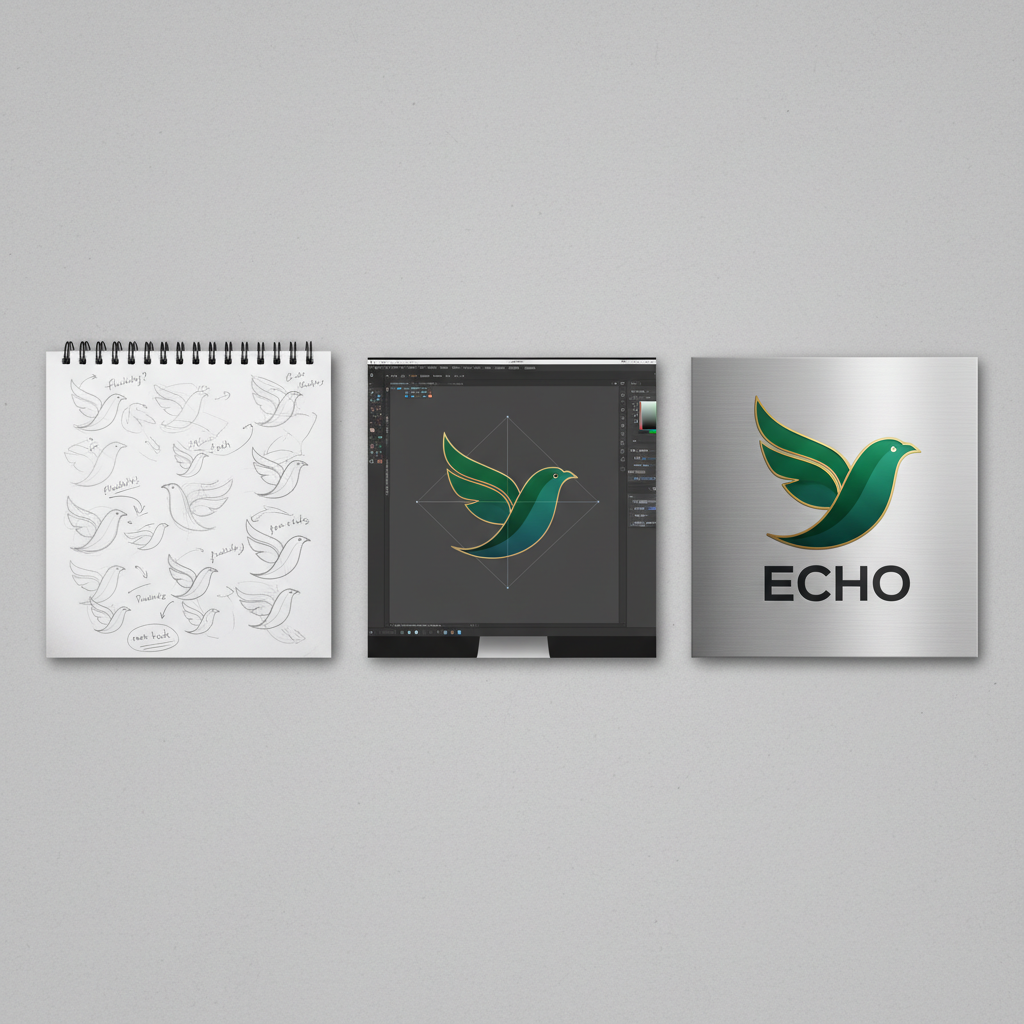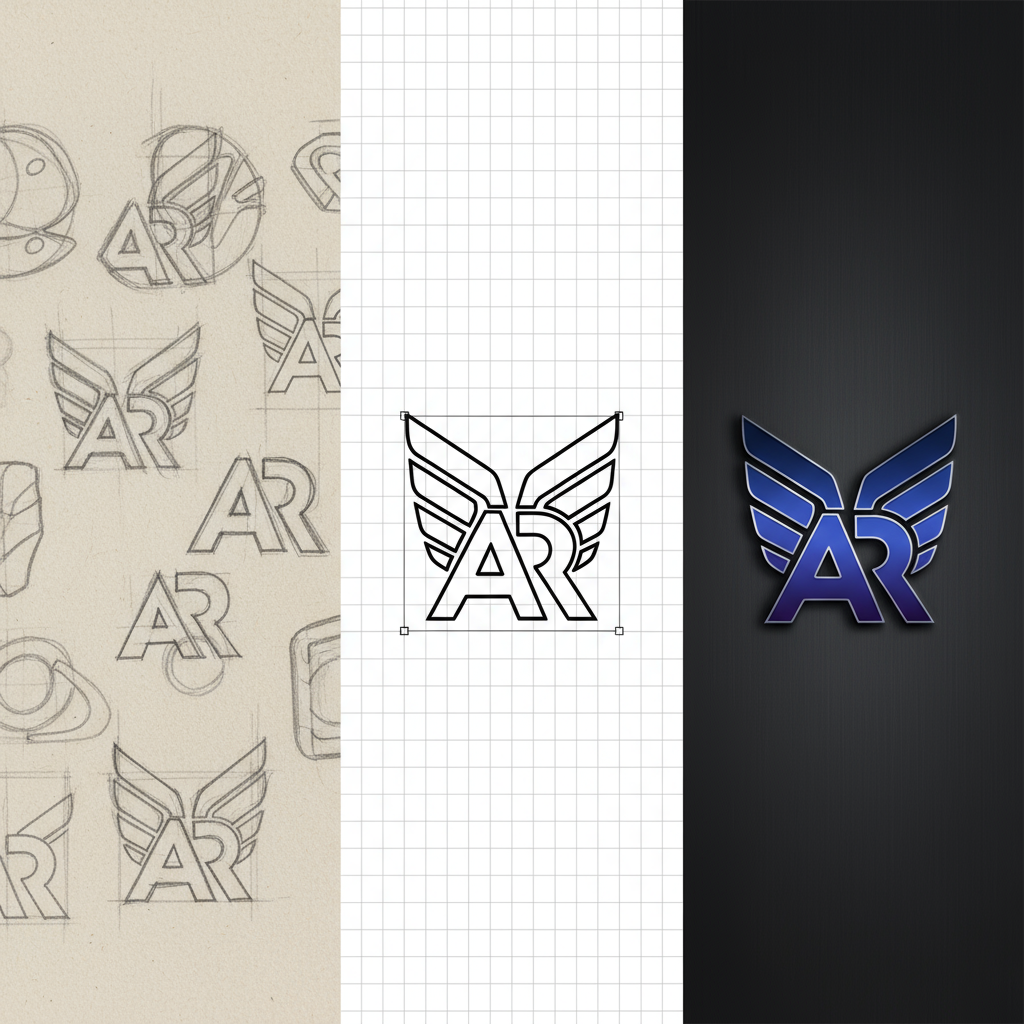Design a Facebook Like Style Logo for Your Brand
Learn how to design a Facebook-like thumbs-up logo using blue branding, recognizability principles, and scalable vector shapes for your brand.

Design a Facebook-Like Style Logo for Your Brand
Creating a logo Facebook like design involves taking inspiration from one of the most recognizable icons online—the thumbs-up "Like" button—while ensuring your logo is distinctive, legally compliant, and perfectly aligned with your brand identity. In this comprehensive guide, you’ll discover how to draw on Facebook’s core design principles, explore the right shades of blue and typefaces, understand the psychology of recognizability, and refine an “approval”-style logo that is scalable, accessible, and professional.
---
Introduction
Facebook’s “Like” button is more than a UI element; it’s a universal symbol of positivity and affirmation. When brands adapt elements of its design language—carefully and ethically—they can evoke familiarity and trust without infringing on copyright. Below you’ll find step-by-step instructions for creating a Facebook-like icon that reflects your brand personality, ensures accessibility, and is ready for deployment across all platforms.

---
Understanding Facebook’s Logo Design Principles
Facebook’s visual identity, including the “Like” icon, adheres to three core principles:
- Simplicity — Employing minimal shapes without unnecessary embellishment.
- Readability — Using clear typography and instantly recognizable silhouettes.
- Color Psychology — Dominated by blue tones that convey trust, stability, and approachability.
Following these pillars will help your design be both memorable and easily reproducible on any device.
---
Researching Blue Color Shades and Typefaces
The signature blue is central to Facebook’s palette, but adopting your own custom tint ensures originality. Study shades that deliver warmth, professionalism, or neutrality while setting your design apart.
Recommended Blue Shade Ranges:
| Shade | Hex Code | Psychological Effect |
|---|---|---|
| Royal Blue | #4169E1 | Trust, authority |
| Sky Blue | #87CEEB | Friendliness, calm |
| Teal Blue | #4682B4 | Balance, sophistication |
| Navy Blue | #003366 | Professionalism, strength |
Typeface Tips:
- Opt for sans-serif fonts like Montserrat or Open Sans for a modern touch.
- Incorporate rounded corners in letterforms to promote friendliness.
- Compare bold versus regular weights for better visibility in smaller sizes.

---
Analyzing What Makes the “Like” Icon Recognizable
The Facebook “Like” icon’s instant recognizability relies on:
- Thumb silhouette — Clean outlines and balanced proportions.
- Consistent angle — A slight tilt introduces energy.
- Clear separation — Distinct thumb, wrist, and sleeve components.
- Minimal detail — Prioritizing basic shapes over shading for cross-platform consistency.
By adopting these underlying strategies rather than duplicating details, you can achieve a similar cognitive impact.
---
Literal Adaptation vs. Inspired-by Variation
Choosing your approach is key:
- Literal adaptation — Directly featuring a thumbs-up illustration.
- Inspired-by variation — Employing alternative “approval” icons, such as check marks, stars, or upward arrows.
Guidelines for safe inspiration:
- Alter proportions meaningfully.
- Apply unique brand colors and typography.
- Adjust the hand form or substitute symbolically similar elements.
---
Sketching Initial Concepts
Begin with quick sketches:
- Thumbs-up from multiple perspectives.
- Icons within circle or square frames.
- Speech bubble integrations.
- Hybrid symbols combining hearts, arrows, or stars.
These exploratory drafts accelerate creative development without intensive digital rendering.
---
Refining Shapes for Scalability
Your logo must perform across diverse sizes:
- Favor clean vector paths.
- Maintain balanced element spacing.
- Eliminate intricate textures and gradient reliance.
Pro Tip: Test clarity at common asset dimensions—16x16px, 64x64px, and 256x256px.

---
Choosing Background and Padding
Background color and padding control usability:
- Solid backgrounds heighten visibility.
- Adequate padding (10–20% of the icon’s dimensions) prevents cramped compositions.
- Align edge shapes (rounded vs. square) with platform expectations.
---
Ensuring Accessibility
Design for all audiences:
- Use high-contrast foregrounds and backgrounds.
- Select text-friendly typefaces with adequate stroke weight.
- Avoid ultra-thin outlines that vanish at small scales.
- Consider palettes accessible to those with color blindness.
---
Testing Logo Variations on Different Platforms
Trial runs reveal compatibility:
- Check performance on the web, mobile apps, and social profiles.
- Assess dark mode and light mode backgrounds.
- Compare PNG and SVG outputs for quality retention.
---
Gathering Feedback From Target Audiences
Leverage user input to refine:
- Present variations to your intended market.
- Conduct polls and A/B testing online.
- Gather focused feedback: “Is the icon intuitive?” or “Does it convey trust?”
---
Preparing Final Logo Files
When your preferred design is locked:
- PNG for transparent web/social display.
- SVG for scalable, responsive designs.
- EPS for high-quality print output.
| Format | Best Use | Advantages |
|---|---|---|
| PNG | Web & social media | Supports transparency, widely compatible |
| SVG | Responsive websites | Infinite scalability, lightweight |
| EPS | Print materials | Industry-standard vector format |
---
Avoiding Copyright Infringement
Final legal considerations:
- Never replicate Facebook’s precise thumb silhouette or color values.
- Steer clear of proprietary fonts and design templates.
- Construct all shapes manually to ensure originality.
- Use alternative arrangements and novel symbolism.
---
Conclusion
Designing a Facebook-like logo can help your brand visually communicate familiarity, trust, and positivity—provided you keep originality at the forefront. By studying Facebook’s design principles, choosing distinct colors and typefaces, crafting simple yet recognizable shapes, and testing rigorously across platforms, you’ll produce a logo that is legally safe and universally appealing.
Ready to elevate your brand with a unique "logo Facebook like"? Follow these steps and make your thumbs-up moment truly your own—scalable, accessible, and memorable across all digital and print media.

![Why Luck Matters More Than Talent for Success in Life | [Jingwei Insight]](/content/images/size/w600/2025/10/img_001-103.jpg)

